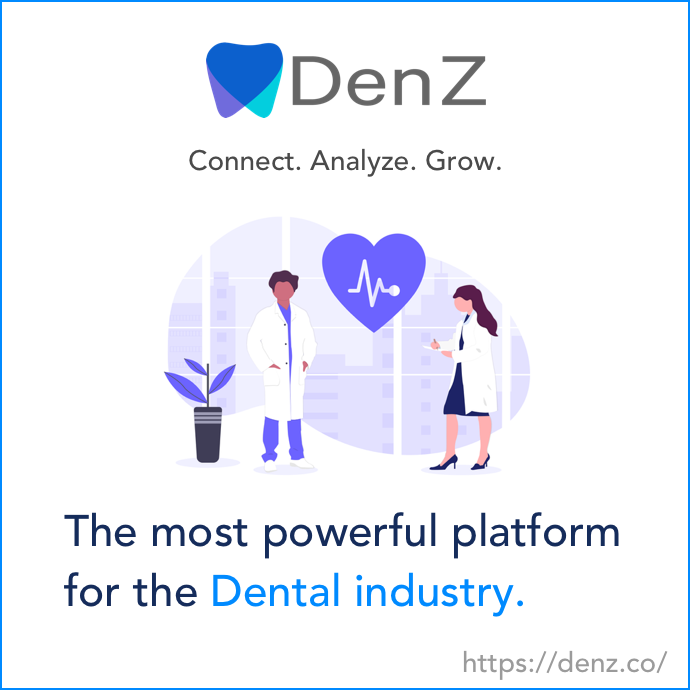Join top executives in San Francisco on July 11-12, to hear how leaders are integrating and optimizing AI investments for success. Learn More
Marketers seeking ways to develop advanced digital experiences for desktop, mobile, and IoT have likely come across terms like headless and composable, which resulted from the endless dialogue on how to build digital experiences through API-first approaches. Many misconstrue those two terms as being the same. They are not.
Despite their common goal of connecting a tapestry of capabilities for building innovative, compelling and omnichannel experiences, headless tools and composable frameworks represent different concepts:
- Headless refers to the fact that a product’s back end is separated or decoupled from its front-end, audience-facing experience.
- Composable refers to the ease of assembling experiences and who is in charge of the assembly. Marketers and business users can craft experiences through highly composable platforms; more rigid, less composable systems require developers.
Let’s further define headless and composable with a focus on their advantages, disadvantages and caveats.
Why the buzz around composable
Traditionally, the development of websites has relied on all-in-one solutions or a legacy architecture that disallows integration with new components unless they are from the same solution or architecture. Composable is gaining popularity because it frees up developers to plug and play headless products or components, which results in optimal speed to market and an ability to quickly test, learn and innovate. In contrast with legacy solutions, composable is always future-proof for new features, never forcing companies to tear down older infrastructures.
Event
Transform 2023
Join us in San Francisco on July 11-12, where top executives will share how they have integrated and optimized AI investments for success and avoided common pitfalls.
Register Now
Essentially, a composable architecture is enticing due to its modularity and flexibility. That is, companies can incrementally add components over time, slowly replacing a legacy system while still using it and incorporating new tools as they come along.
Where composable gets questioned
Detractors of composable argue that it’s too complex, partly because no two composable architectures are the same. More internal standards-management practice is thus required to update developers and other staff on specific frameworks and ensure consistency across the organization.
Additionally, switching back and forth among various tools within the tech stack is a complicated chore for marketers and business users. Not to mention the overwhelming effect caused by the addition of too many tools, stunting teams over which ones to use for what tasks.
Why the buzz around headless
Through APIs and microservices, headless products aim to deliver narrowly scoped, purpose-built features. As a result, brands can store, manage and deliver content with the front end, which is typified as the “head” or end-user experience, entirely separate from the behind-the-scenes content or commerce functionality.
Three advantages are immediately obvious:
- Brands gain the freedom to use whichever tools and frameworks they desire instead of the ones they must use in a legacy platform.
- Like composable, flexibility in headless offers brands control in executing experiences. Given the ultrafast rate of creativity in front-end frameworks and presentations in the last five years — outpacing monolithic platforms — brands that embrace headless can build experiences that meet consumer needs and innovate more than ever before.
- Headless tools give brands a choice over how their overall digital experiences play out. For consumers, that latitude fosters a stronger, more honest relationship with their favorite brands.
Where headless gets questioned
Since headless disconnects the content-authoring process from content display across channels, business users and marketers might need to rely on developer assistance to modify and deliver experiences, losing grip of the overall workflow.
A case in point: Business users who were used to building pages or standard workflows on a monolithic platform might not have the right tools in headless for the job. Since APIs are tailored for developer use, most headless products score low on the composable scale.
However, you can weave headless solutions into a composable system with technologies like API aggregation tools, front-end-as-a-service (FEaaS) solutions, and digital experience composition platforms (DXCPs), which often impart the highest level of composability due to their API orchestrations and no-code tooling for business users.
Implemented solutions then stay cleaner of the custom code (glue code) that ties APIs together, enabling marketers to craft content and other nontechnical staff to add capabilities without coding. Simultaneously, developers gain time for more value-add projects and a generation of new experiences and channels to keep pace with market changes.
How a headless and composable system can be problem-prone
The biggest trap for companies that are ready to adopt composable with headless for next-generation experiences is glue code, which lurks between the back end and the front end as the plumbing that connects the repositories to the visual layer of experiences. Over time, all that code can dry, harden and clog the information flow, almost canceling out the benefits of composable and flexible altogether.
Not only that, each of the many tools entering into a composable solution might require additional code. All the systems must talk with one another, eventually snowballing into glue code. To stay composable, developers must loosely couple the solution’s components and avoid stacking up glue code and tech debt. Otherwise, a load of extra work is necessary to replace systems mired in glue code, drastically slowing marketing workflows and projects.
With glue code wreaking havoc, straightforward tasks like building webpages aren’t even doable.
Why it’s important to learn the nuances of composable and headless
Across industries like retail, financial services, travel and hospitality, consumers are seeking more personalized experiences that encompass video, augmented reality (AR) and other appealing features. Accordingly, businesses must adapt the creation process for immersive and modern experiences, keeping in mind that marketers need systems for updating information on the fly and that developers need architectures that liberate them from tasks like managing content to focus on engineering-centric projects.
Understanding the ins and outs of headless and composable platforms is central to delivering digital experiences that modern businesses and consumers expect. However, remember that depending on the product, headless and composable might not work as seamlessly as anticipated.
Darren Guarnaccia is president of Uniform.
DataDecisionMakers
Welcome to the VentureBeat community!
DataDecisionMakers is where experts, including the technical people doing data work, can share data-related insights and innovation.
If you want to read about cutting-edge ideas and up-to-date information, best practices, and the future of data and data tech, join us at DataDecisionMakers.
You might even consider contributing an article of your own!
Read More From DataDecisionMakers
Credit: Source link










































